From centenarians in Sardinia to 100+ year old Okinawans, Blue Zone inhabitants around the world have many things in common — they eat healthy diets, stay active throughout their lives, and maintain an optimistic attitude toward life. But not all Blue Zone dwellers are created equal.
Some long-lived cultures, such as those on Okinawa Island and in Loma Linda, California , also share a strong work ethic. They frequently embrace careers that require physical labor or provide social benefits to others and their community. Perhaps it is this philosophy of purposeful living that allows them to live longer lives than their more sedentary counterparts.
The report, The World’s Oldest People, was published by Blue Zones, LLC , a health and lifestyle company dedicated to helping people live longer lives. Using the research of Dan Buettner who has studied centenarians around the world for more than 20 years, they have compiled four key characteristics that are shared by many inhabitants in all Blue Zones:
According to their findings, each factor interacts with one another and contributes to longevity. For example, physical activity helps maintain mental acuity while diet encourages physical activity and social connection.
Advertisement
Watch How Mark Lowered His Blood Pressure Naturally. It was 150/100, this morning it was 110/79
Watch Video
But what they learn most from studying blue zones is that seniors can live a long and fulfilling life, no matter their background or family history. They find that people age in different ways — but even the most aged individuals can still be vibrant. So let’s take each one of the four to see how we can become more heart healthy.
They Move More Naturally
People who live in Blue Zones live in an environment that nudges them to do some sort of activity every 20 minutes. They do not need to go to work out in a gym. They do not have to run everyday. In fact people who live in Blue Zones do not require any further exercise than their daily routine.
For example they spend time gardening, walking to their favorite cafe instead of driving and do their daily household chores without the use of modern conveniences. They will sweep the floor instead of using a vacuum cleaner. Washing their dishes instead of dropping them in a dishwasher. If they have a lawn that needs mowing they will use a walk behind lawnmower instead of a riding mower. My grandfather would use is gas less push mower, the one with the blades, and mow his lawn.
Blue Zone people often work into their 80’s and beyond. When I was stationed in Japan there was a father and son team who used to pick up our trash. The father would pick up heavy trash cans and put them in the truck. He was 83 and as strong as an ox. Modern conveniences have done nothing to contribute to our health. In fact we are more lazy than the generation that came before us.
They Eat A Plant Based Diet
Scientists and researchers know that a plant based diet is the healthiest diet we can eat. In America we are cutting our years of life by maintaining the SAD diet (Standard American Diet). 95% of Americans do not get enough fiber in their diets.
The fiber from beans and grains, fruits, vegetables, and nuts mix with the liquid in your gut to create a sort of gel, and that gel slows the absorption of sugars and the subsequent release of insulin into the bloodstream. That’s a good thing because it keeps your energy steady and strong. At the same time, it pushes against the stretch receptors in your stomach, telling your brain you’ve eaten enough.
Then the fiber acts like a scrub brush pushing through your colon, grabbing stuff from inside the nooks and crannies of your 25 ft. long intestinal tract, effectively cleaning out the gunk that could cause trouble. And perhaps best of all, it feeds the good bacteria in your gut which helps regulate inflammation and immune function.
Blue Zone people limit animal protein in their diet to no more than one small serving per day. Favor beans, greens, yams and sweet potatoes, fruits, nuts, and seeds. Whole grains are okay too. While people in four of the five Blue Zones consume meat, they do so sparingly, using it as a celebratory food, a small side, or a way to flavor dishes.
According to Walter Willett of the Harvard School of Public Health: “Meat is like radiation: We don’t know the safe level.” Indeed, research suggests that 30-year-old vegetarian Adventists will likely outlive their meat-eating counterparts by as many as eight years. At the same time, increasing the amount of plant-based foods in your meals has many salutary effects.
In the blue zones people eat an impressive variety of garden vegetables when they are in season, and then they pickle or dry the surplus to enjoy during the off-season. The best of the best longevity foods in the Blue Zones diet are leafy greens such as spinach, kale, beet and turnip tops, chard, and collards.
In Ikaria more than 75 varieties of edible greens grow like weeds; many contain ten times the polyphenols found in red wine. Studies have found that middle-aged people who consumed the equivalent of a cup of cooked greens daily were half as likely to die in the next four years as those who ate no greens.
They Have A Strong Sense Of Purpose
A 2019 JAMA Network Open study found that among a group of nearly 7,000 adults over age 50, those who scored highest on a scale that measured “life purpose” were less likely to die during the four-year study period. They were also less likely to die during the same period from heart, circulatory, or blood conditions, compared with those who scored lower.
So, what exactly is life purpose? Life purpose is defined differently by different people. But in general it indicates that you have an aim in life and goals. This purpose, the study authors said, helps make it more likely that you will engage in behaviors that are good for your health. Some studies have simply asked people what gives them a sense of purpose in life, says Erik Kim PhD. People listed such factors as:
- family and relationships
- community
- helping others
- learning new skills
- taking part in leisure activities or hobbies.
“I define it as the extent to which people experience their lives as being directed and motivated by valued life goals,” says Doctor Kim.
In this study, having more life purpose was associated with a lower rate of death during the study period overall, from cardiovascular disease and blood conditions, and also from digestive conditions.
Advertisement
Watch how Julie Lowered her Blood Pressure Naturally. It was 170/110, this morning it was 120/80
Learn More…
They Have Strong Social Networks
One of the main stressors modern humans face—with corresponding effects on our biological systems—is loneliness. Loneliness has been found to increase cortisol and inflammation—both of which hurt our health over the long term.
In one study research participants were voluntarily infected with a cold virus and then had their symptoms monitored by researchers. The result? Those who were socially isolated in life were 45 percent more likely to become ill.
One way people can boost social connections is through volunteering or engaging in acts of kindness. People who volunteer tend to live longer, comparable to the benefit people receive from eating one study, elderly people who volunteered were 44 percent less likely to die over the course of a five-year study.
In other studies, volunteers show lower levels of C-reactive protein and interleukin-6, both measures of inflammation. One study even suggests that those who engage in kind acts can see changes in the way genes for their immune system are expressed.
In Conclusion
In summary people who live in Blue Zones do in fact live longer lives than most people. They have lower risk of heart disease and other diseases than any other group of people on the planet. It is obvious that the western diet cause more illness and cuts years from our lives. Maybe it is time for us to shed our western way of eating and thinking and adopt more Blue Zones ways to increase our health, our happiness, and our lifespan.
I would recommend 2 books for you if going blue is something you would like to try.
The Blue Zones Kitchen: 100 Recipes to Live to 100 By Dan Buettner. Available On Amazon
The Blue Zones, Second Edition: 9 Lessons for Living Longer From the People Who’ve Lived the Longest By Dan Buettner. Available On Amazon


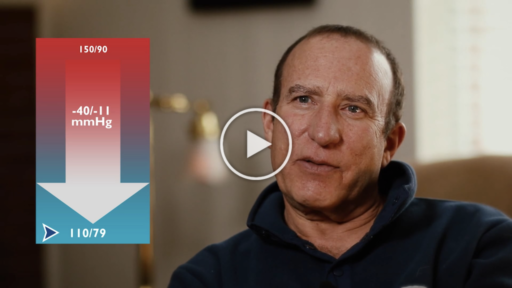



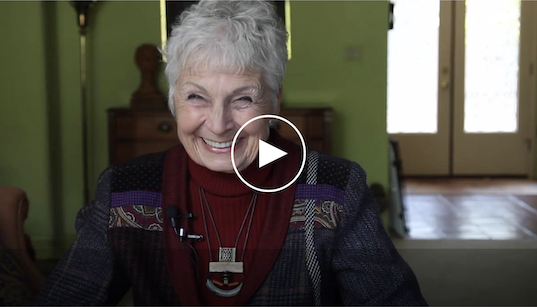


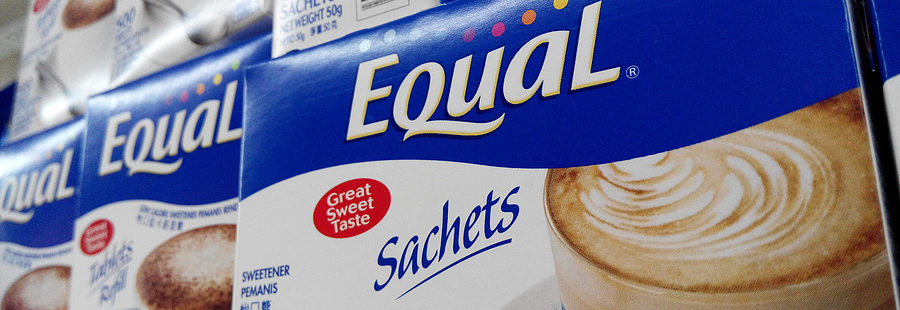



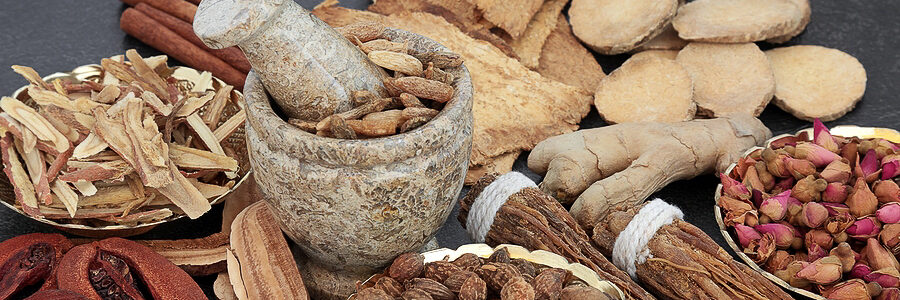







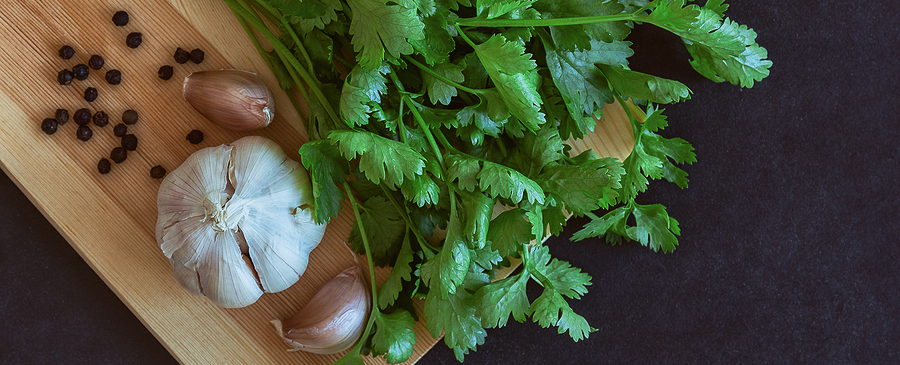

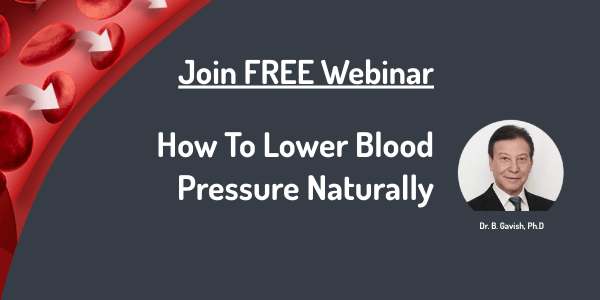


 Download Brochure
Download Brochure